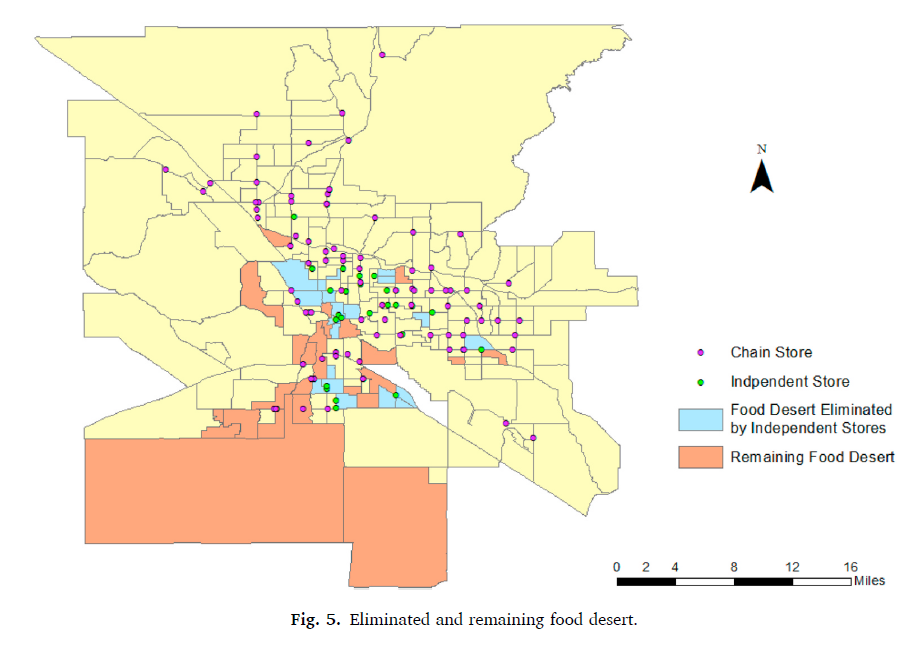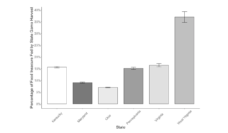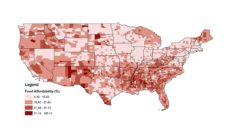Imagine yourself in the middle of a food desert. Where are you? Are you driving down a rural highway with no grocery store in sight? Or maybe you’re sitting at the city bus stop, anticipating two or more transfers to the nearest supermarket.
Whatever you imagined, it is likely your food desert lacked a large grocery chain store (e.g., Kroger, Publix, or Aldi). Living in a food desert limits one’s access to healthy food options and may increase the risk for health problems like cardiovascular disease.
However, many food desert studies neglect to consider how local, independent grocery stores impact food access. These largely ethnic grocers – African, Asian, Hispanic, and Mediterranean – could change our perception of food availability, but have largely been ignored.
Dr. Katharine Yang Bao led a study in Tucson, Arizona to evaluate the impact of independent grocers on urban food deserts. The research team identified full-service independent grocers who sell all of the following: fresh meat, poultry, produce, dairy, and dry, frozen, and packaged foods. Food deserts were defined as urban census tracts where 20% of the population live in poverty and the distance to the nearest grocery store is more than one mile.
When they only considered chain grocery stores, the researchers initially identified 43 food desert census tracts in Tucson. More than half were in Hispanic-majority neighborhoods. However, the blue areas on the map illustrate census tracts in Tucson that are no longer food deserts when full-service independent stores are included. Tucson has 20 fewer food desert tracts when we alter our perception to view these full-service independent grocers as providers of healthy food.
The authors note these independent grocers are largely in communities where residents are more likely to be on government assistance programs like SNAP. Cities can reduce food accessibility gaps, particularly for those who are low-income, by providing independent grocers with the resources to expand nutritious food offerings in their local communities.
Now go back and reconsider your original image of a food desert – what did you overlook?
Databyte via Bao, K., Tong, D., Plane D., Buechler, S. Urban food accessibility and diversity: Exploring the role of small non-chain grocers, Applied Geography, 2020.














